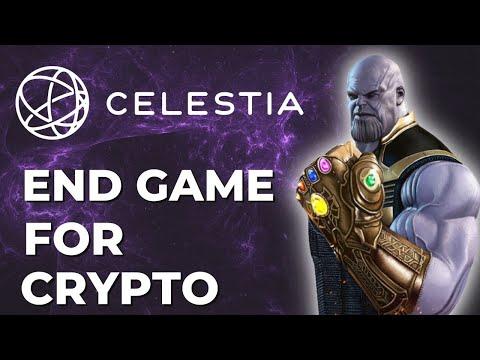Overview
Harmony is a decentralized blockchain platform that emphasizes scalability, security, and developer accessibility. Designed to overcome traditional blockchain limitations, Harmony integrates advanced technologies such as sharding and the Effective Proof-of-Stake (EPoS) consensus mechanism. Its platform is particularly suited for decentralized applications (dApps) requiring high performance, low transaction costs, and rapid finality.
Launched in 2019, Harmony has built a reputation as a blockchain optimized for innovation and adoption. Its interoperability features, low-latency design, and user-friendly development environment position it as a compelling option for developers and enterprises seeking to leverage blockchain technology.
Technical Architecture
Sharding
Harmony employs a groundbreaking sharding model to divide its network into smaller, independently functioning segments, enhancing its scalability and efficiency. This model includes:
- State Sharding: Ensures blockchain data is distributed across shards, reducing the burden on individual nodes while maintaining security.
- Transaction Sharding: Enables the simultaneous processing of transactions across multiple shards, significantly boosting throughput.
- Network Sharding: Improves network communication and resource management by segmenting the network.
This multi-faceted sharding approach allows Harmony to process thousands of transactions per second (TPS) without compromising decentralization or security.
Consensus Mechanism
Harmony’s consensus protocol, Fast Byzantine Fault Tolerance (FBFT), builds upon the principles of the Practical Byzantine Fault Tolerance (PBFT) algorithm. This method combines speed and security using aggregated Boneh–Lynn–Shacham (BLS) signatures, achieving transaction finality in two seconds.
The platform’s Effective Proof-of-Stake (EPoS) mechanism encourages decentralization by promoting equitable stake distribution and discouraging monopolization. Features like reward compounding, stake delegation, and penalties for malicious behavior (e.g., double-sign slashing) enhance security and fairness within the ecosystem.
Interoperability and Cross-Chain Functionality
Harmony has positioned itself as a leader in cross-chain interoperability. Through its secure bridges, the platform facilitates the transfer of assets and data across different blockchain networks, including Ethereum and Binance Smart Chain. These bridges ensure compatibility and security while expanding the utility of Harmony-based applications.
Interoperability is a cornerstone of Harmony’s strategy, enabling developers to build applications that interact seamlessly with multiple ecosystems, driving broader adoption and use cases.
Development Environment
Harmony supports Ethereum Virtual Machine (EVM) compatibility, allowing developers to deploy Ethereum-based dApps directly on its platform. This interoperability extends to Ethereum tools like Truffle, Remix, and Web3.js, offering a seamless transition for developers accustomed to the Ethereum ecosystem.
The platform also provides robust software development kits (SDKs) and APIs, such as JSON-RPC endpoints, to enhance developer productivity. These tools facilitate the creation of dApps that are both scalable and efficient.
Ecosystem and Use Cases
Harmony’s ecosystem encompasses a wide array of decentralized applications in sectors such as decentralized finance (DeFi), non-fungible tokens (NFTs), gaming, and digital identity. Key features include low transaction fees, high throughput, and environmental sustainability, making the platform attractive for developers and users alike.
Notable developments within the Harmony ecosystem include partnerships with major blockchain projects, initiatives to promote community engagement, and the establishment of a vibrant network of validators and developers. Harmony hosts hackathons, developer grants, and educational programs to support innovation and ecosystem growth.
Roadmap and Vision
Harmony’s vision includes expanding its adoption through interoperability enhancements, ecosystem partnerships, and developer-focused improvements. The roadmap outlines goals such as integrating with additional blockchains, refining sharding technology, and promoting the platform as a hub for decentralized governance, cross-chain finance, and tokenized assets.
The team behind Harmony is committed to long-term scalability and sustainability, ensuring that the platform continues to serve as a foundation for decentralized applications in a rapidly evolving blockchain landscape.










